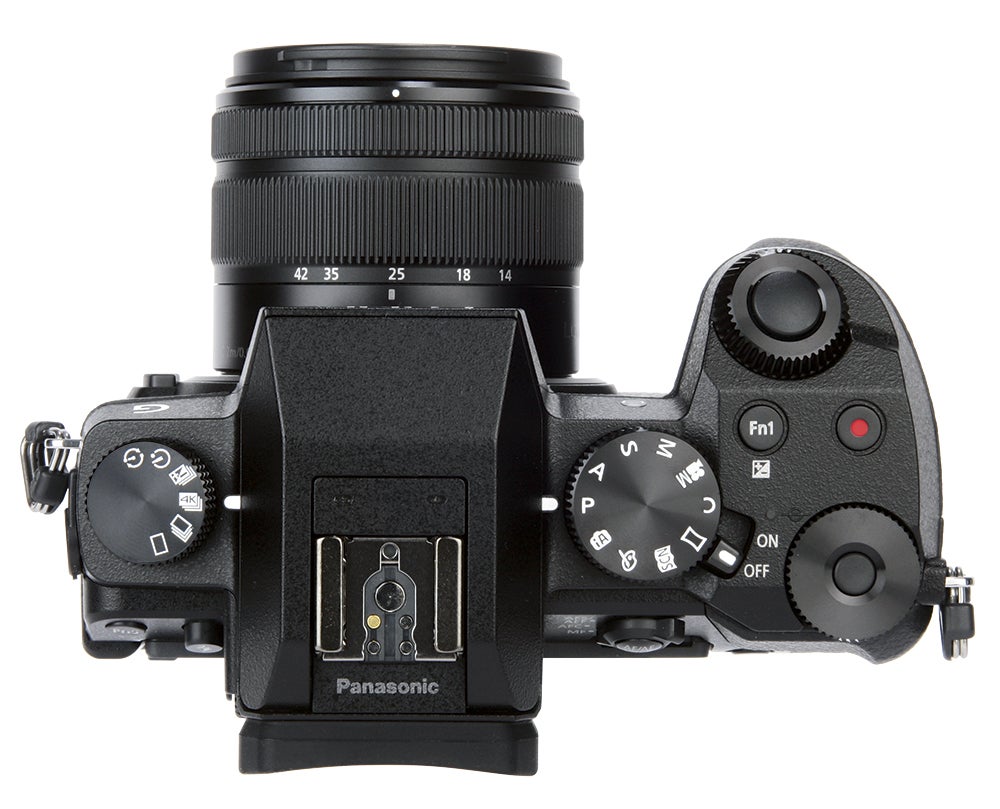Michael Topham and Andy Westlake take a look back over the camera developments made this year, and choose the advances in technology they like best
Grabbing stills from 4K movies
Michael Topham explains the benefits of Panasonic’s 4K Photo technology and reveals where we may see it appear next
A buzzword that has been associated with many a new camera release this year has been 4K. Panasonic is a manufacturer that has embraced 4K video within its line-up of cameras for a while now, and in the past year we’ve seen the latest Lumix models being rolled out with 4K Photo – a mode that allows users to extract high-resolution still images from video footage.
Grabbing an 8MP still image from a clip of 4K movie footage might not seem like revolutionary technology, but Panasonic has been working hard to refine it and make it more accessible. Earlier this year we witnessed the introduction of three new 4K Photo modes: 4K Burst Shooting, 4K Burst (Start/Stop) and 4K Pre-burst on the Panasonic Lumix DMC-G7.

Panasonic has made 4K Photo easily accessible via the drive dial on the Lumix G7
Having the option to pull an individual frame from a movie clip to create a high-resolution still image can be a very useful feature if you like to shoot fast action, sports or other fleeting moments where it’s not always easy to trigger the shutter at the perfect moment. There will be some photographers who’ll argue that taking a few minutes of video footage only to pick out the best frame later doesn’t require the same level of skill or technical ability. However, it’s technology we’re starting to see photographers embrace and it’s an innovation that certainly looks like it’s here to stay.
The idea behind Panasonic’s three new 4K Photo modes is to make the process of capturing a still image at the perfect time even easier. Whereas 4K Burst Shooting allows up to 29mins 59secs of continuous 4K recording at 30fps, which can be used just like a photo-burst mode by holding the shutter down, 4K Burst (Start/Stop) mode starts consecutive shooting with a single press of the shutter button and stops with a second press. This is ideal for shooting opportunities that require a longer waiting time. The 4K Pre-burst function is aimed at those who would like the camera to record 30 frames a second automatically before and a second after the shutter is pressed – a mode that can make all the difference between capturing a moment and missing it altogether.
How does it work in practice?

This image was shot using Panasonic’s 4K photo mode
In use, an eight-second-long 4K burst takes approximately 4-5 seconds to process before a thumbnail of the clip you’ve just taken is revealed on-screen. Using the touchscreen you can then hold and scroll this thumbnail to the right to go through the 4K movie clip frame-by-frame to find your favourite from the burst sequence, before extracting an 8-million-pixel image and saving it to the card as a JPEG using the camera’s Menu/Set button. This might sound like a complex procedure, but it’s actually very straightforward and doesn’t take long to learn.
While there’s no denying that these new 4K Photo modes can make the difference between capturing a shot at the precise moment and missing it altogether, they have their caveats. The 4K Pre-burst mode, for example, is continuously recording to ensure you never miss a fleeting moment, but the downside of this is that it drains the camera’s battery very quickly. Another area for improvement is the thumbnails that are displayed in the viewfinder. These initially appear in low resolution, and we’d prefer to see a high-resolution preview instantly in the viewfinder like those displayed on the screen.
Panasonic’s new 4K Photo modes are useful to have. They won’t see use all the time, but when you find it difficult to fire the shutter at a certain moment they’re a great help. The fact that Panasonic has also rolled out this 4K technology on the Lumix DMC-GX8 and Lumix DMC-FZ330 suggests we’ll see more of it in the future, possibly on pocket compacts too.




